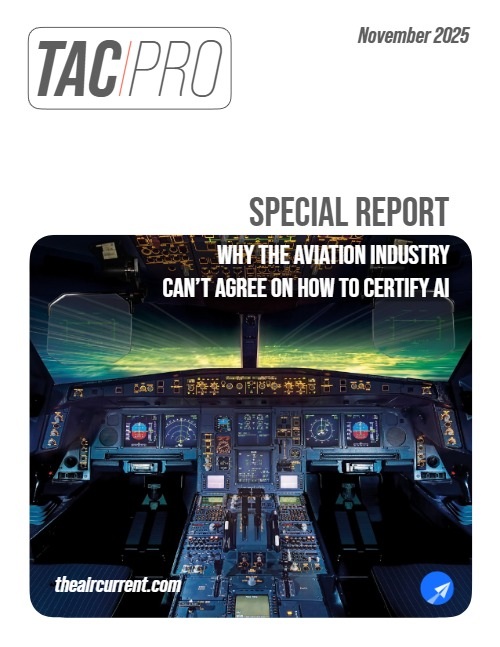Log-in here if you’re already a subscriber
In late 2022, the U.S. Air Force and Defense Advanced Research Projects Agency (DARPA) installed artificial intelligence in an F-16 fighter jet and gave it control of the aircraft — sort of.
The jet was actually the X-62A VISTA, a highly modified F-16 typically used by the Air Force Test Pilot School to evaluate different flight control schemes. And the conditions in which the AI had control of the aircraft were tightly constrained.
The Test Pilot School at Edwards Air Force Base in California has been using the two-seat X-62A, previously known as the NF-16D, for more than two decades. While the redesignated aircraft received major hardware and software upgrades in 2022 to increase its computing power and allow for the installation of machine learning (ML) models, its core system of “safety trips” remained unchanged.
Originally proven in the late 1990s, this safety system monitors over 200 different limits to keep the aircraft within a safe operating envelope. When the aircraft approaches a limit, a safety trip disengages the experimental control system, stabilizes the aircraft and transfers control to a human safety pilot.
“When you get a safety trip, you have to almost take a breath for a second, because things still look like they’re going bad initially, but then they slowly get better,” said the school’s chief test pilot, Bill “Evil” Gray, who was a safety pilot for the Air Combat Evolution (ACE) program that culminated with a real-life AI vs. human dogfight in September 2023.
While the experience can be “disconcerting,” he said, the safety trips “protect the airplane very, very well. So we left those alone, which is hugely important, because if you think about it, here we are giving an airplane to these robots, these completely unproven robots, and we’re letting them fly the airplane — we’re letting them pull Gs and roll and pitch and do all those things,” he told The Air Current in an interview. “But every single flight test we’ve done has been what we call in flight test ‘low risk,’ which means that the risk associated with that test point is no greater than just normally flying an F-16.”
The X-62A VISTA represents one approach to dealing with the fundamental problem confronting the use of AI/ML models in aviation: how to assure that these algorithms are actually safe. Behind the scenes of the aviation industry’s apparent embrace of AI, this daunting challenge is causing intense debate.
Subscribe to continue reading...Subscribe to Continue Reading
Our award-winning aerospace reporting combines the highest standards of journalism with the level of technical detail and rigor expected by a sophisticated industry audience.
- Exclusive reporting and analysis on the strategy and technology of flying
- Full access to our archive of industry intelligence
- We respect your time; everything we publish earns your attention


